
In its 86 yearsexistence, the Romanian public radio broadcaster has had among its editors some foremost journalists and intellectuals of pre-war and interwar Romania.
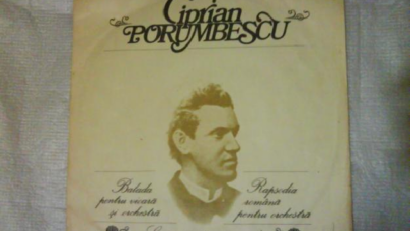
Ciprian Porumbescu, a Romanian classical music composer, patriot, and national hero, surrounded by the aura of an early tragic death, was born on 14 October 1853 in a village in Bukovina, in the area that is now a part of Ukraine.
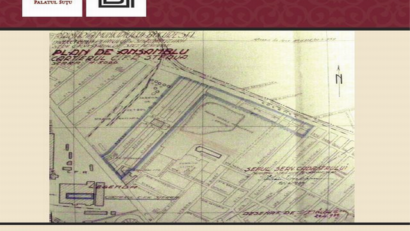
In early 20th century the rail worker's standard of living in Romania became the main reason for concern for the authorities

Mentioned in the earliest writings of Greek and Roman authors, the river Danube is one of the few common elements binding several European nations: the Germans, the Austrians, the Slovaks, the Hungarians, the Croatians, the Serbs, the Romanians, the Bulga

The village of Lupsa is home to one of the ethnographic gems of the area: the Pamfil Albu Ethnographic Museum
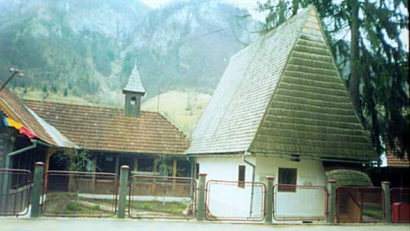
Avram Iancu was an outstanding leader of the Romanians in Transylvania in the 1848 revolution.
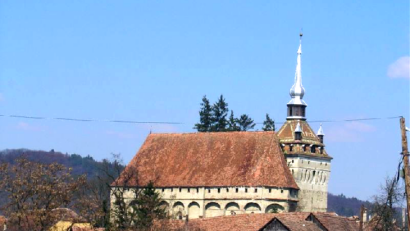
Saschiz, in central Romania, distinguished itself through two features typical of Saxon settlements in Transylvania: the fortified church and the peasant stronghold.
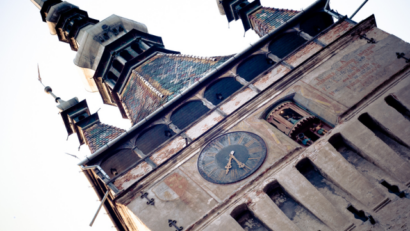
Born in Romania to a Saxon father, but currently residing in Munich, Mihaela Kloos honours her roots and comforts her nostalgia by writing on her...

The culture and history of Transylvanian Germans in Romania come to life on a website created by Mihaela Kloos.

Born 112 years ago, on the 21st of August 1902 in Galati, eastern Romania, Paul Calinescu won the award for best documentary at the International...

Among the pioneers of Romanian cinematography, who were compelled by history to make certain compromises in order to do their jobs, is director Paul Calinescu.
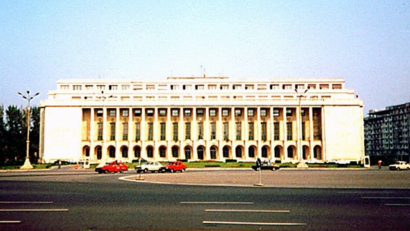
Used to think of Bucharest as the Little Paris, with its 19th century and La Belle Époque buildings, we forget that the Romanian capitals architecture started to be modernized as early as the interwar period, more precisely in the 1930s; and it was moder

Marin Preda is one of the most exciting and influential literary voices in post-war Romania.
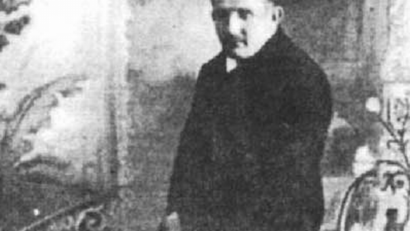
The emergence of socialist ideas in Romania in late 19th century was accompanied by a surge in anarchism.
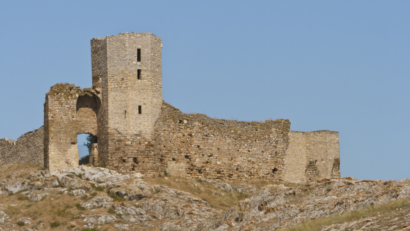
The river Danube is a waterway trade route, also lying at the crossroads of various cultures. Its banks have also been home to a string of thriving...
